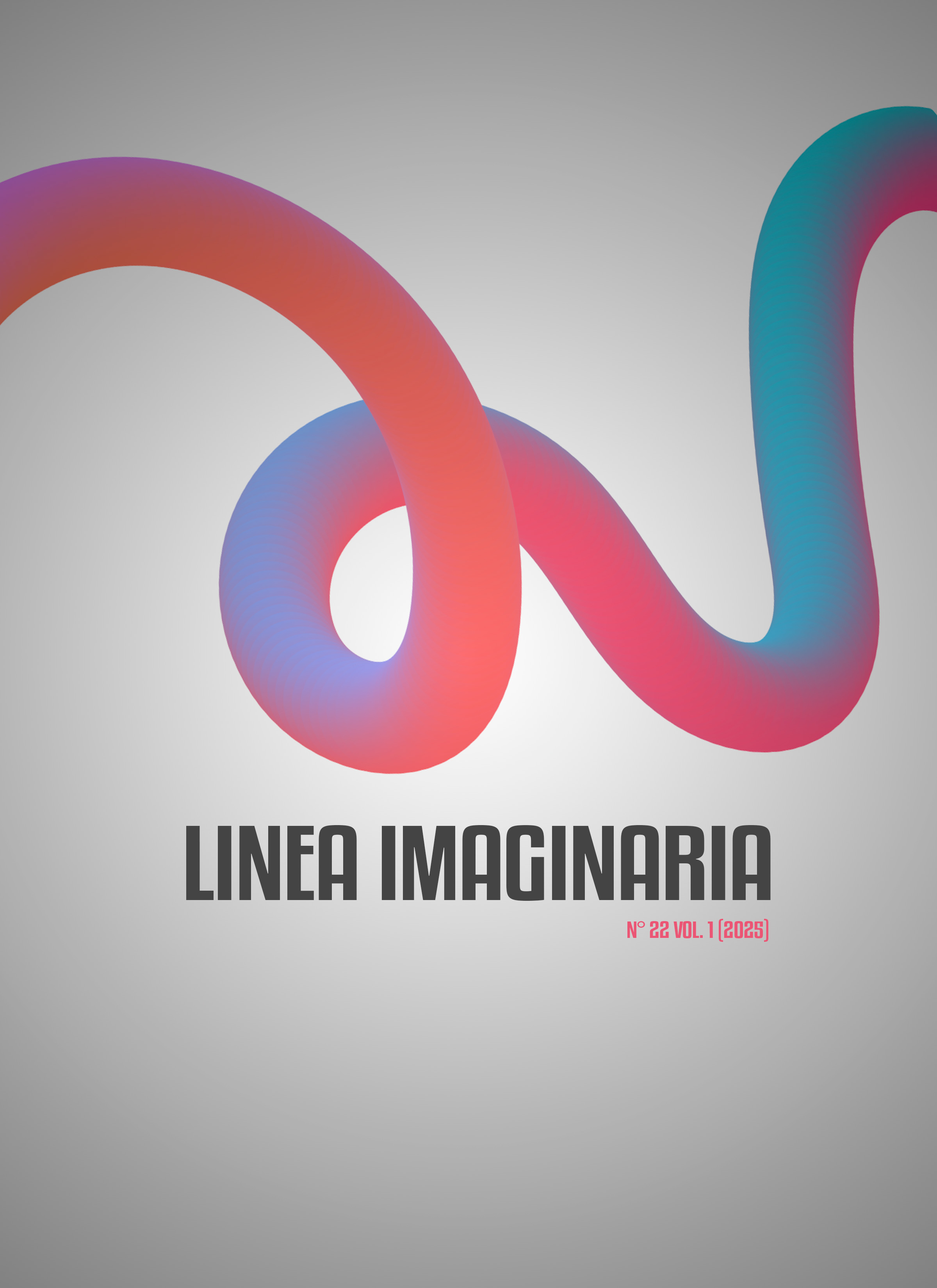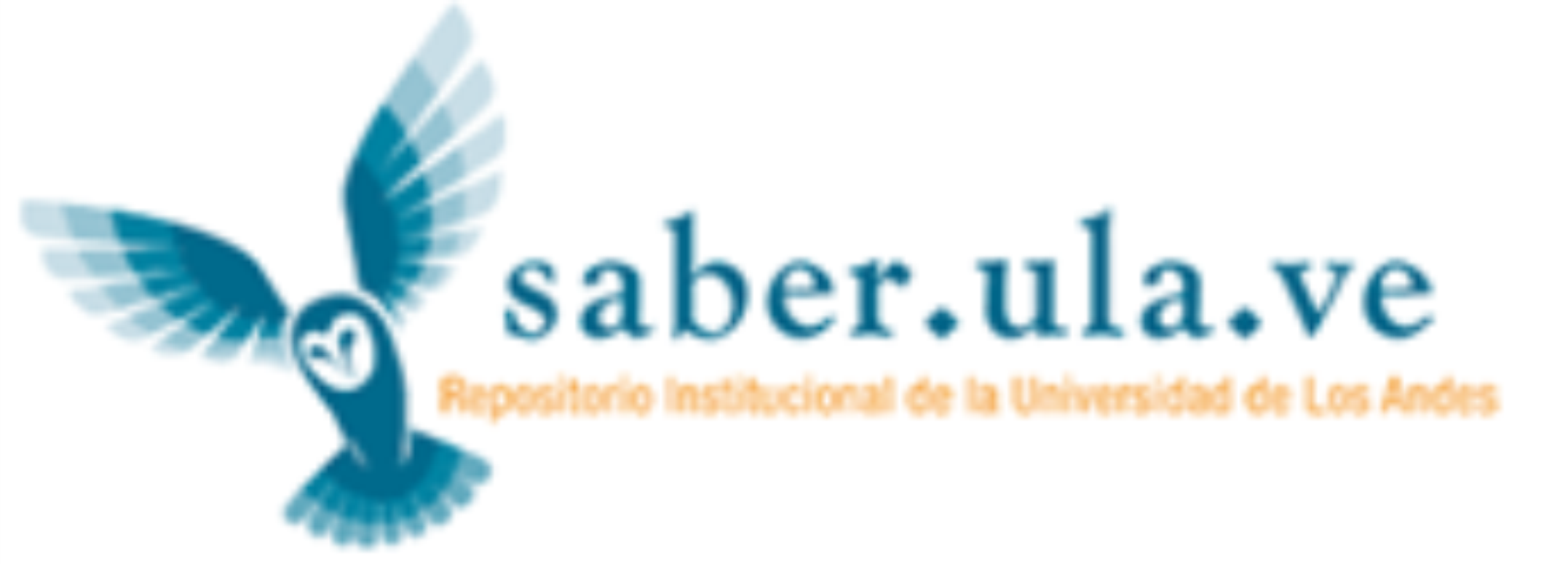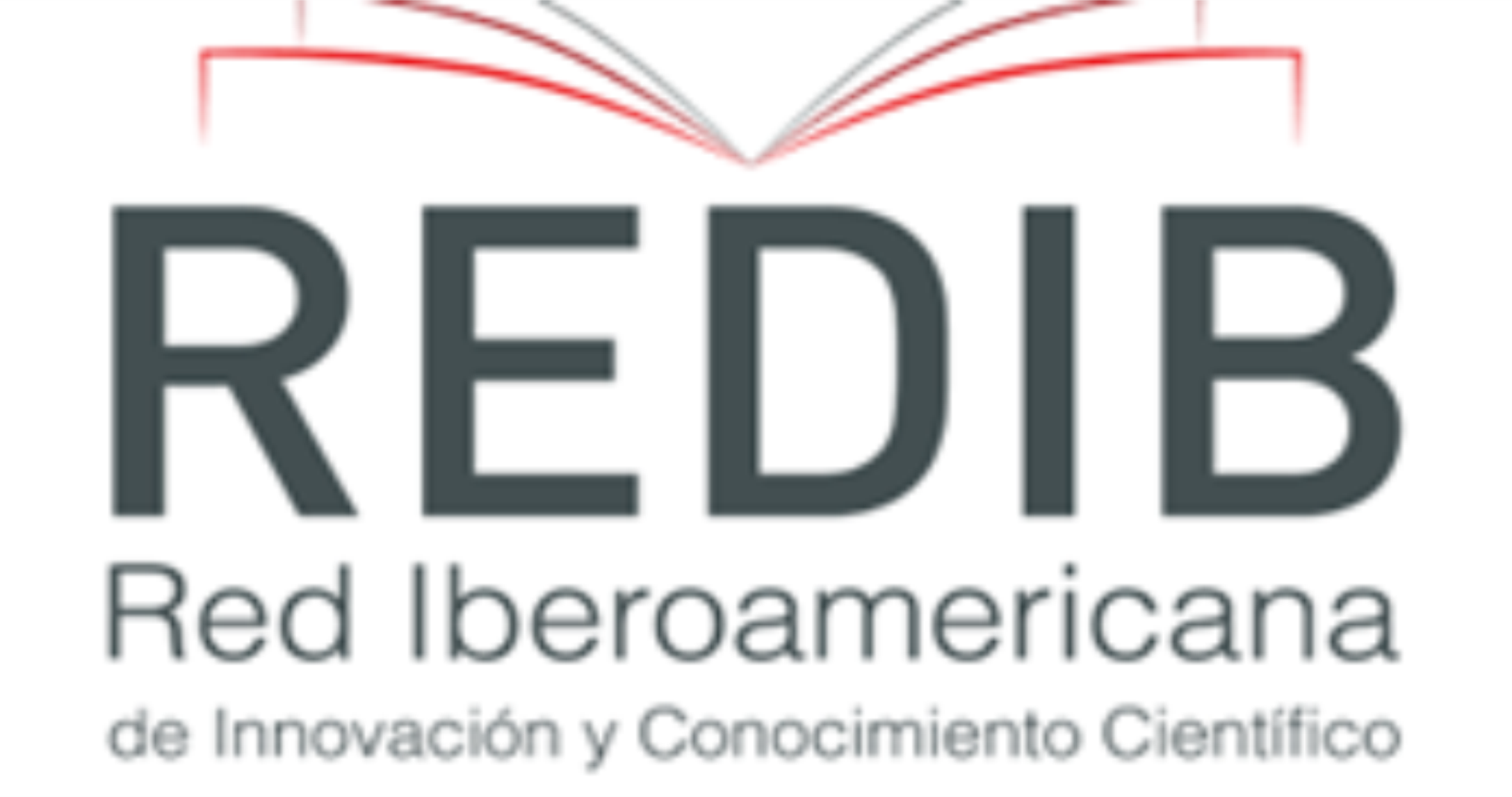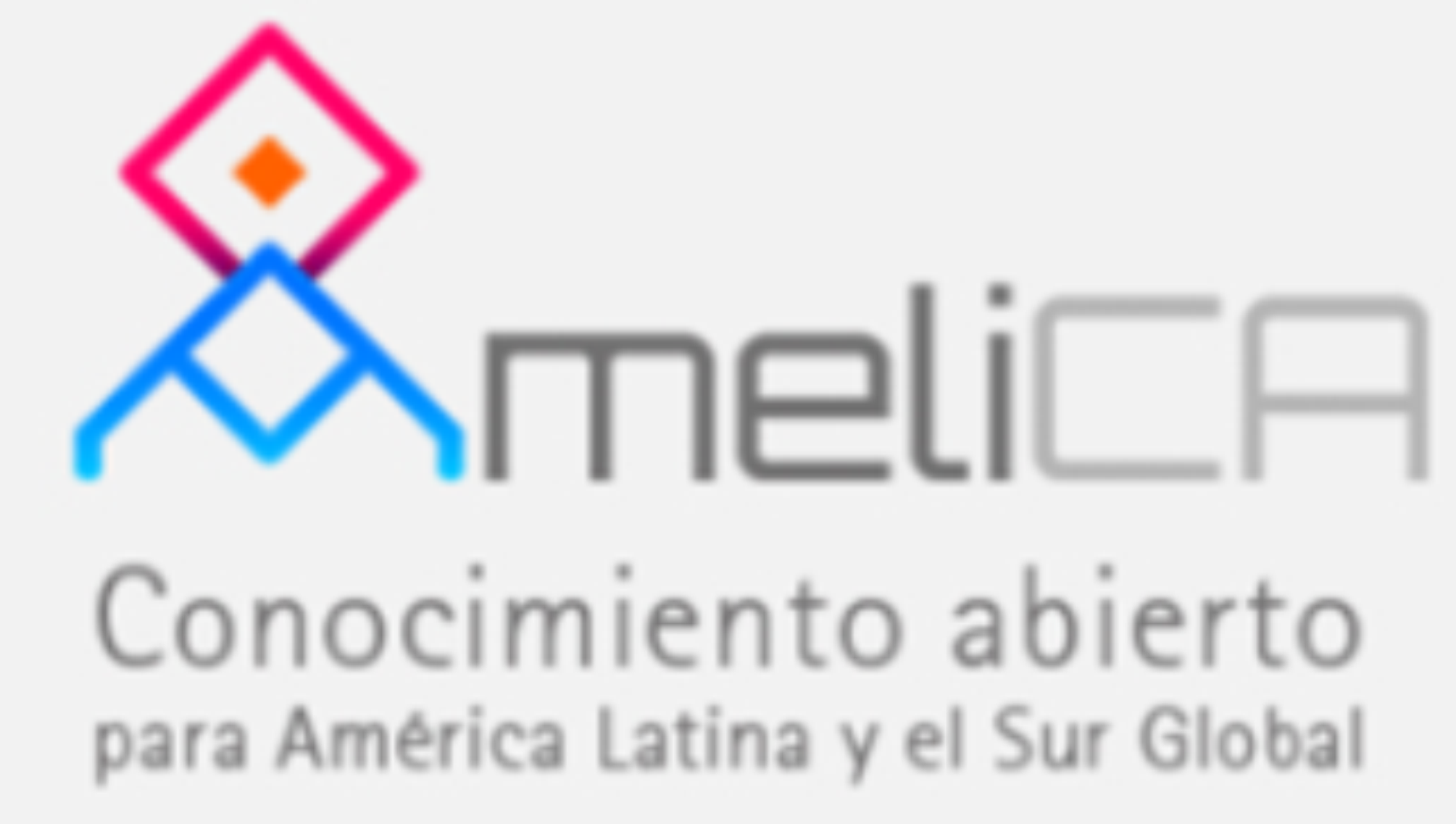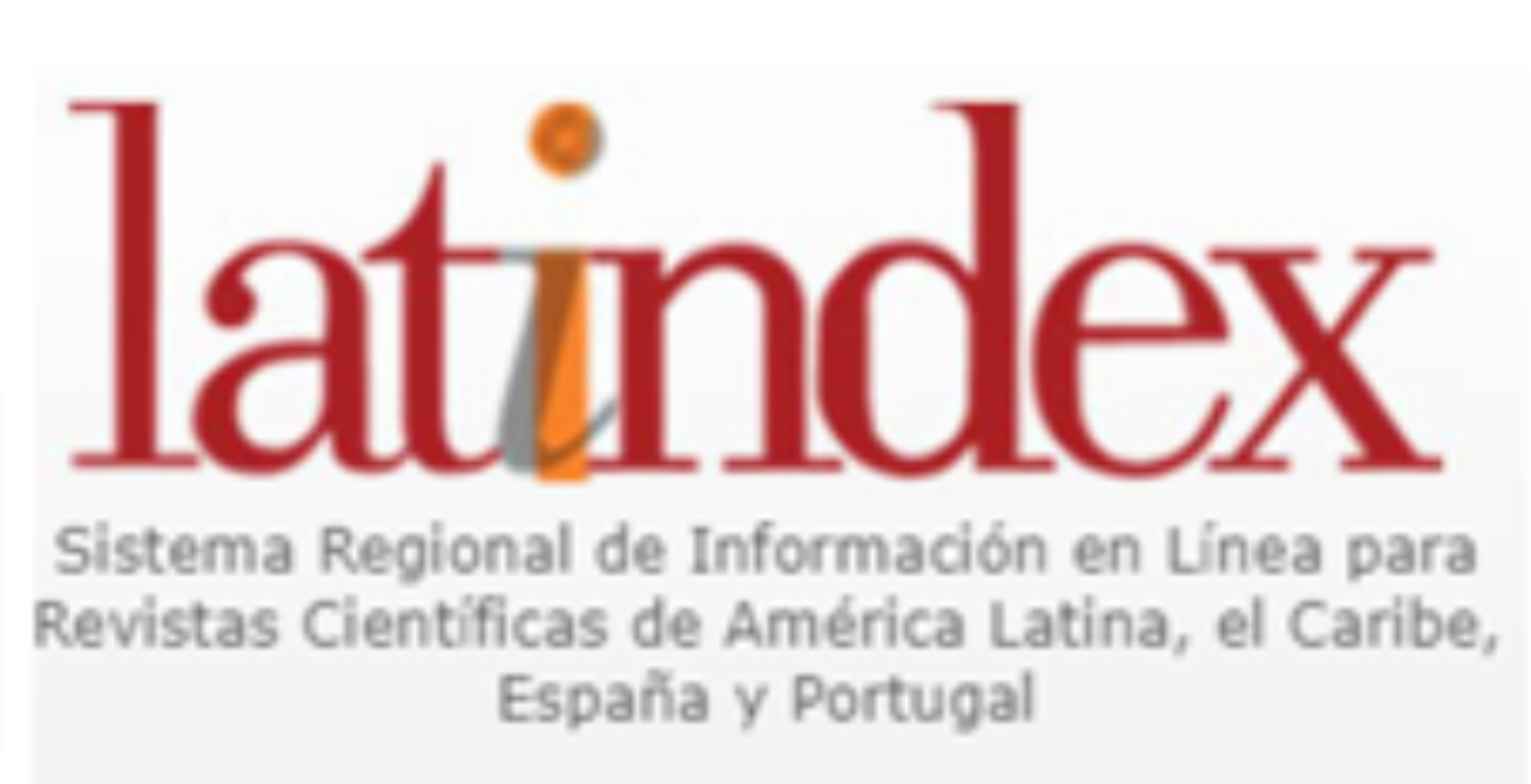ORAL TRADITION AND DAILY READING: PILLARS FOR THE DEVELOPMENT OF CRITICAL THINKING IN SECONDARY SCHOOL STUDENTS
DOI:
https://doi.org/10.56219/lneaimaginaria.v1i22.4138Keywords:
oral tradition, daily reading, critical thinking, basic secondary education, communicative skills, qualitative methodology, documentary analysisAbstract
This research analyzes oral tradition and daily reading as fundamental elements for the development of critical thinking among secondary school students in Colombia. Using a qualitative methodology based on documentary analysis, multiple academic sources were examined that demonstrate the relevance of these pedagogical practices in strengthening communicative and cognitive skills. The main objective was to determine how the integration of oral tradition and daily reading habits contribute to the development of critical thinking skills in students from sixth to ninth grade. The methodology used was based on the interpretive analysis of scientific documents, research articles, and empirical studies related to the topic, applying the constant comparison method for categorizing and analyzing information. The main findings reveal that oral tradition acts as a cultural preservation mechanism that stimulates critical reflection and argumentative dialogue, while daily reading strengthens the interpretive and analytical skills necessary for critical thinking. The research concludes that both practices, when systematically implemented in the context of basic secondary education, generate a significant impact on the development of critical and reflective citizens. These results are particularly relevant to the Colombian educational system, where strengthening critical thinking is a priority in the comprehensive education of students. The pedagogical implications suggest the need to integrate teaching strategies that combine traditional oral tradition with systematic reading practices to optimize students' cognitive and communicative development.
Downloads
References
Amú, Y., & Pérez, M. (2019). La tradición oral colombiana, su inclusión en el currículo de la educación básica primaria. Conrado, 15(66), 71-78.
Castellanos Monroy, N. E. (2024). La importancia de la tradición oral en el fortalecimiento de competencias comunicativas. Ciencia Latina Revista Científica Multidisciplinar, 8(2), 7787-7802. https://doi.org/10.37811/cl_rcm.v8i2 DOI: https://doi.org/10.37811/cl_rcm.v8i2.11217
Ennis, R. H. (1996). Critical thinking. Prentice Hall.
Facione, P. A. (2007). Pensamiento crítico: ¿Qué es y por qué es importante? Insight Assessment.
Oliveras, B., & Sanmartí, N. (2009). La lectura como medio para desarrollar el pensamiento crítico. Educación Química, 20(supl. 1), 233-245. http://www.scielo.org.mx/scielo.php?script=sci_arttext&pid=S0187-893X2009000500005 DOI: https://doi.org/10.1016/S0187-893X(18)30058-2
Osses Bustingorry, S., Sánchez Tapia, I., & Ibáñez Mansilla, F. M. (2006). Investigación cualitativa en educación: Hacia la generación de teoría a través del proceso analítico. Estudios Pedagógicos, 32(1), 119-133. https://doi.org/10.4067/S0718-07052006000100007 DOI: https://doi.org/10.4067/S0718-07052006000100007
Paul, R., & Elder, L. (2005). La mini-guía para el pensamiento crítico: Conceptos y herramientas. Fundación para el Pensamiento Crítico
Downloads
Published
How to Cite
Issue
Section
License

This work is licensed under a Creative Commons Attribution-NonCommercial-ShareAlike 4.0 International License.
La revista Línea Imaginaria conserva los derechos patrimoniales (copyright) de las obras publicadas, que favorece y permite la reutilización de los mismos bajo la licencia Creative Commons Atribución-NoComercial-CompartirIgual 4.0 , por lo cual se pueden copiar, usar, difundir, transmitir y exponer públicamente, siempre que se cite la autoría y fuente original de su publicación (revista, editorial, URL y DOI de la obra), no se usen para fines comerciales u onerosos y se mencione la existencia y especificaciones de esta licencia de uso. Si remezcla, transforma o crea a partir del material, debe distribuir su contribución bajo la misma licencia del original.

